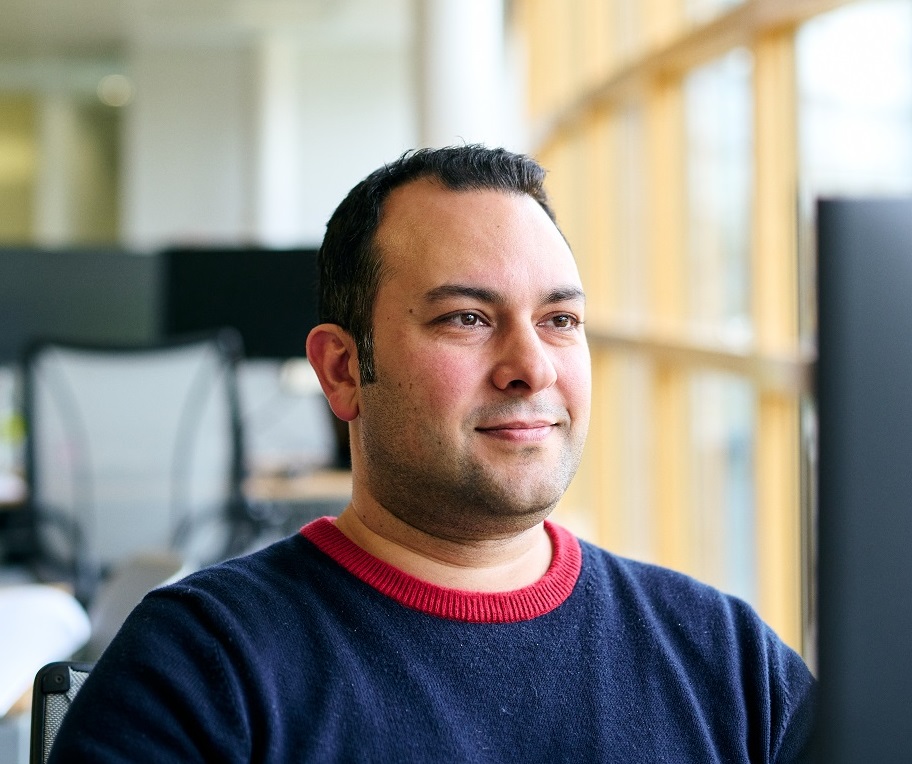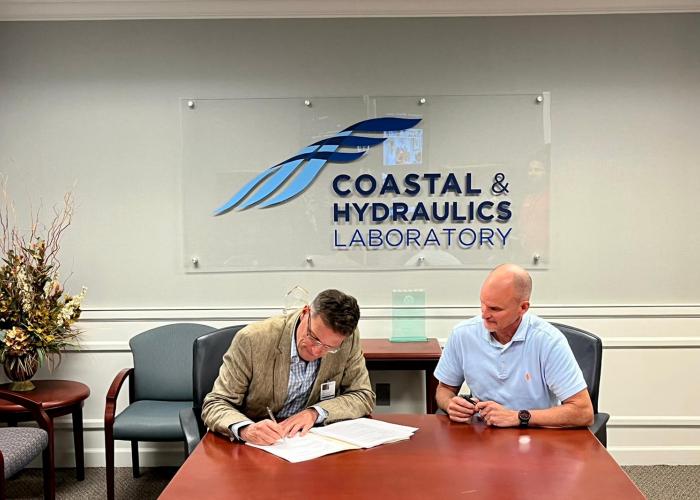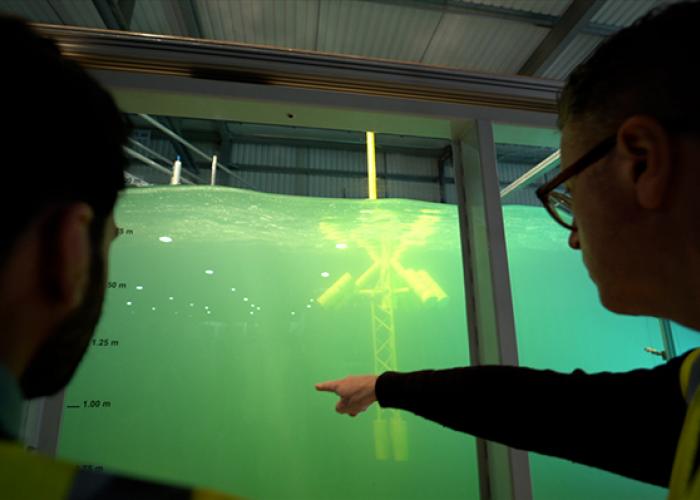Sina Haeri
Sina leads our computational fluid dynamics team, using CFD to solve challenging engineering problems.
What’s your background?
I was trained as a computational scientist/engineer and have applied my skills in scientific high-performance computing to different engineering domains. In the past 15 years my focus has been on computational fluid dynamics (CFD) and multi-physics simulations to model multiphase flows, wave-structure interaction, aeroacoustics and erosion in multiphase flow systems to make meaningful contributions that bridge theory and practical application.
What made you want to pursue this career?
To me, sitting before a computer and solving a couple of mathematical equations to predict the behaviour of a real physical system is intriguing. The fact that these predictions can then be tested in a lab setting or used to design real engineering systems is what truly captivates me.
Why did you move from academia to HR Wallingford?
While still maintaining my academic ties, transitioning from academia to HR Wallingford was a seamless shift for me. The wealth of R&D endeavours in CFD here has made this transition incredibly rewarding and enjoyable. Applying my expertise to increasingly complex problems in offshore and coastal engineering has been invigorating.
What resonates with me is HR Wallingford's commitment to fostering a robust research culture and embracing novel approaches to tackle the most formidable engineering challenges. This focus has truly set HR Wallingford apart from other companies in the field.
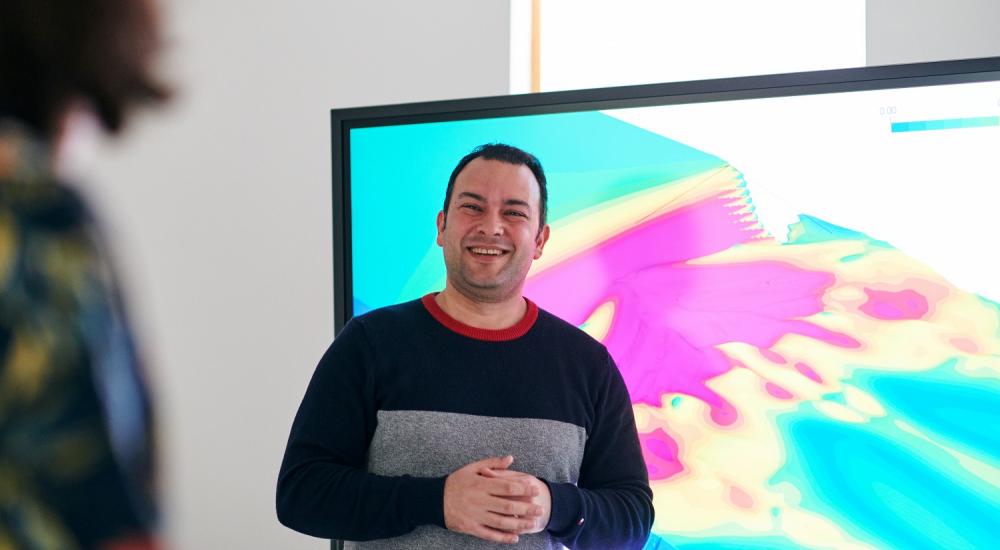

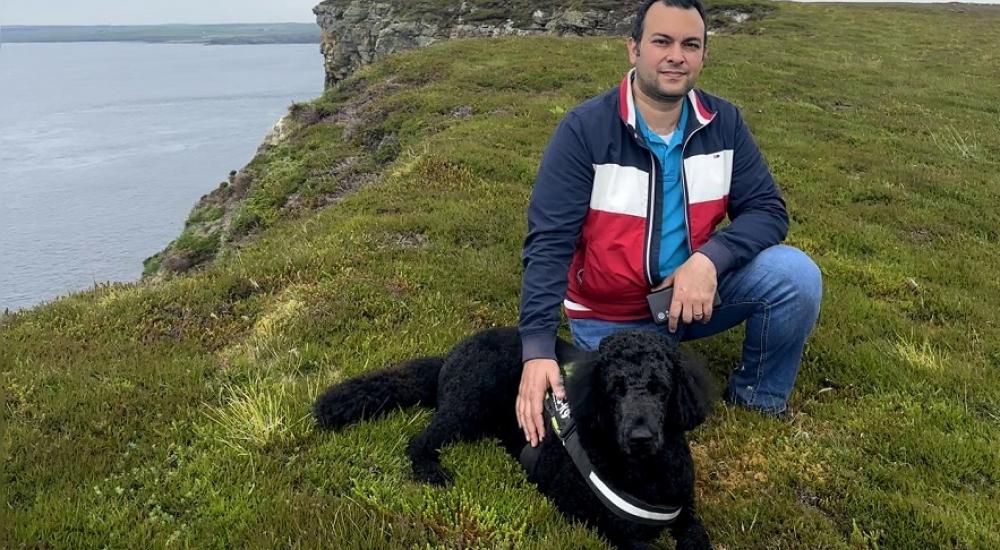
What do you enjoy about your job?
A fine balance between R&D, commercial work and management duties keeps my work experience dynamic, full of challenges, and rewarding with lots of new personal development opportunities.
What do you hope to achieve in your role?
I would like to build a growing team of strong CFD developers and engineers at HR Wallingford, aimed at enhancing our capabilities in modelling the most challenging engineering problems within the hydraulics, coastal and ocean engineering fields. This includes areas like wave-structure interaction, sediment transport, scour modelling, and multiphase flows. Meanwhile I strive to continuously improve the accuracy and efficiency of our conventional CFD models, by integrating more advanced turbulence models, automation and utilisation of most advanced HPC infrastructures available to us.
What sort of challenges can computer modelling help solve?
Advanced computer simulations enable us to create accurate models of real systems to actual scale whereas experiments and physical tests are typically run using small-scale models. In addition, various parameters of the system can be adjusted to evaluate the sensitivity of the system, its performance and limitations. Unlike physical modelling and experiments, which might have safety constraints, computer modelling offers a safe way to explore different scenarios which for example may lead to the failure of a design.
Last but not least, computer models yield extensive data on variables like pressure and velocity across different points in space and time. The resolution of data is only limited by the available computing power. With our expertise in leveraging High-Performance Computing (HPC) facilities, including our local HPC facility Hydra and national resources like ARCHER2, we can generate in-depth design insights for various systems. This level of detail is not typically attainable through conventional physical tests or experimental measurements.
What do you enjoy doing outside of work?
Hiking with my 45 kg Labradoodle Meshki is always fun (if there are no sheep around).
Want to know more?
Sina Haeri
